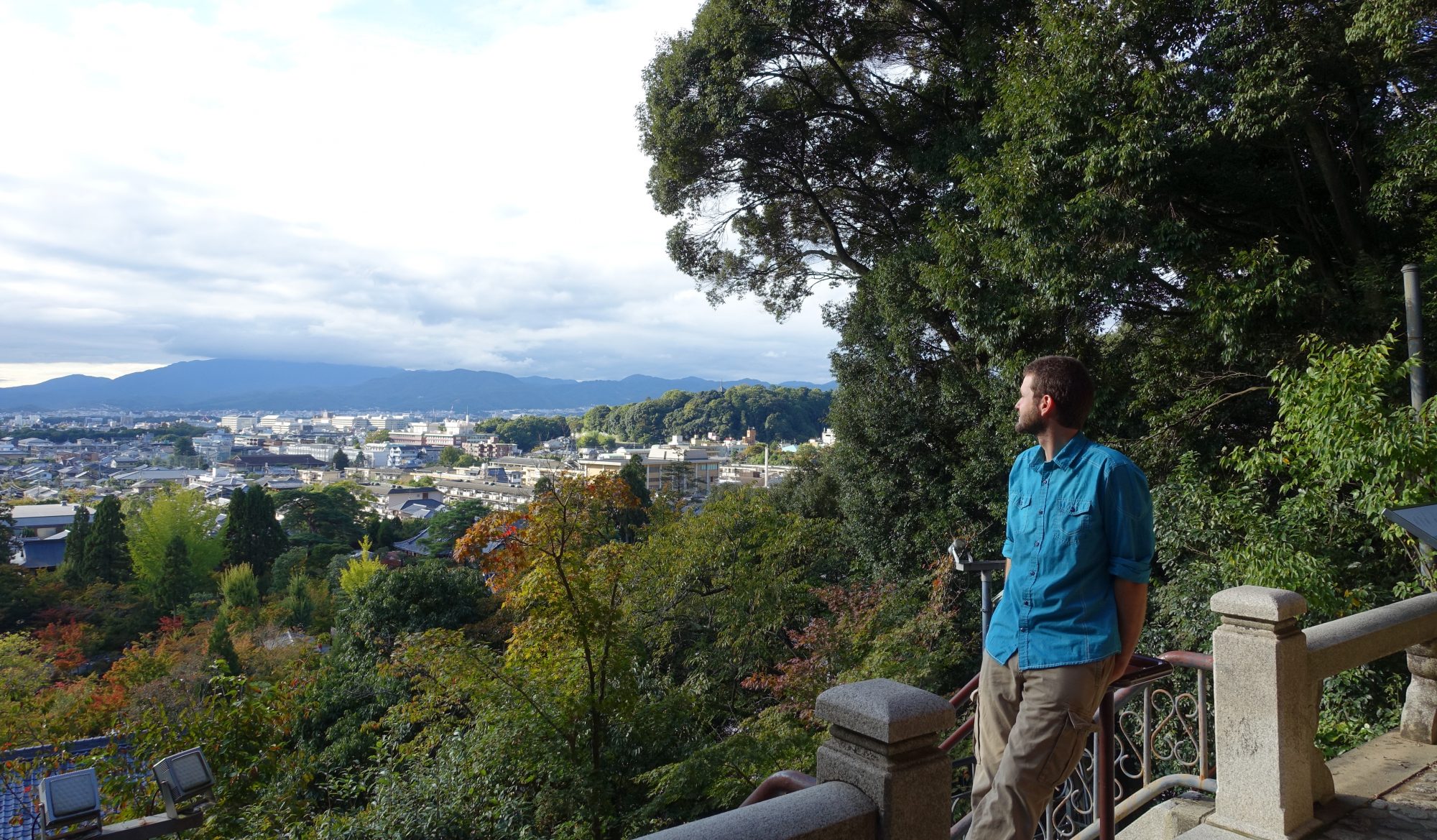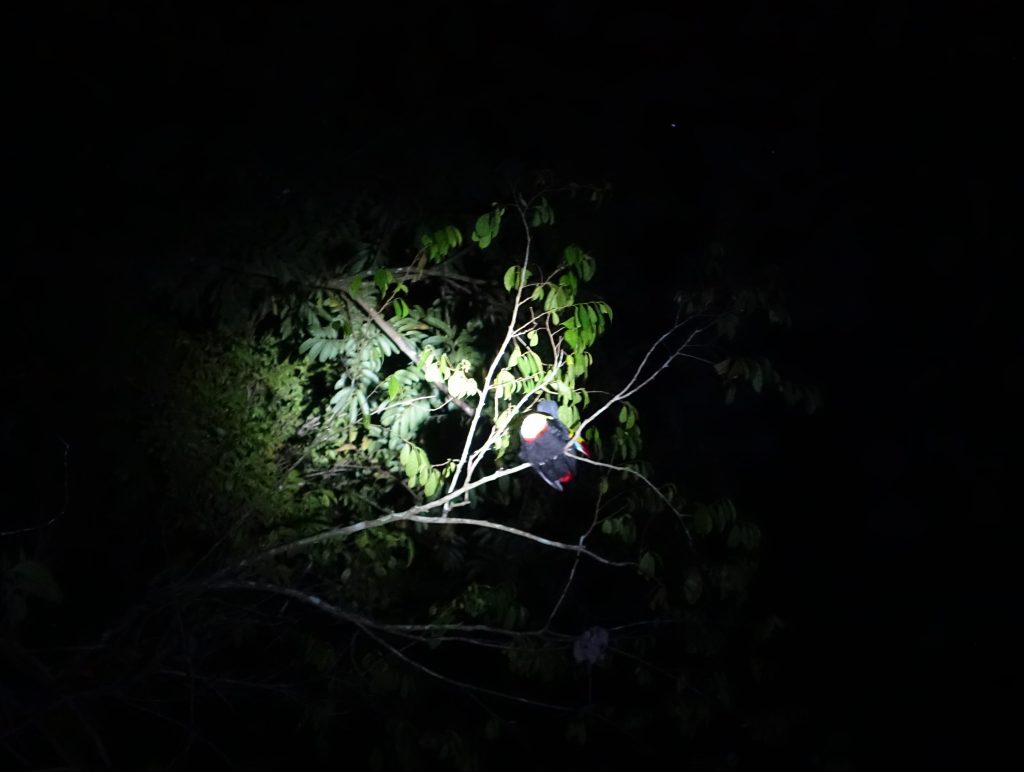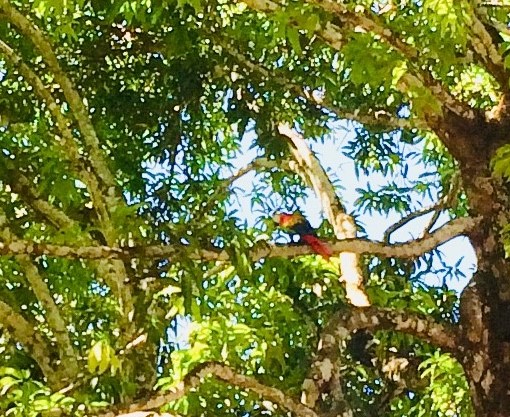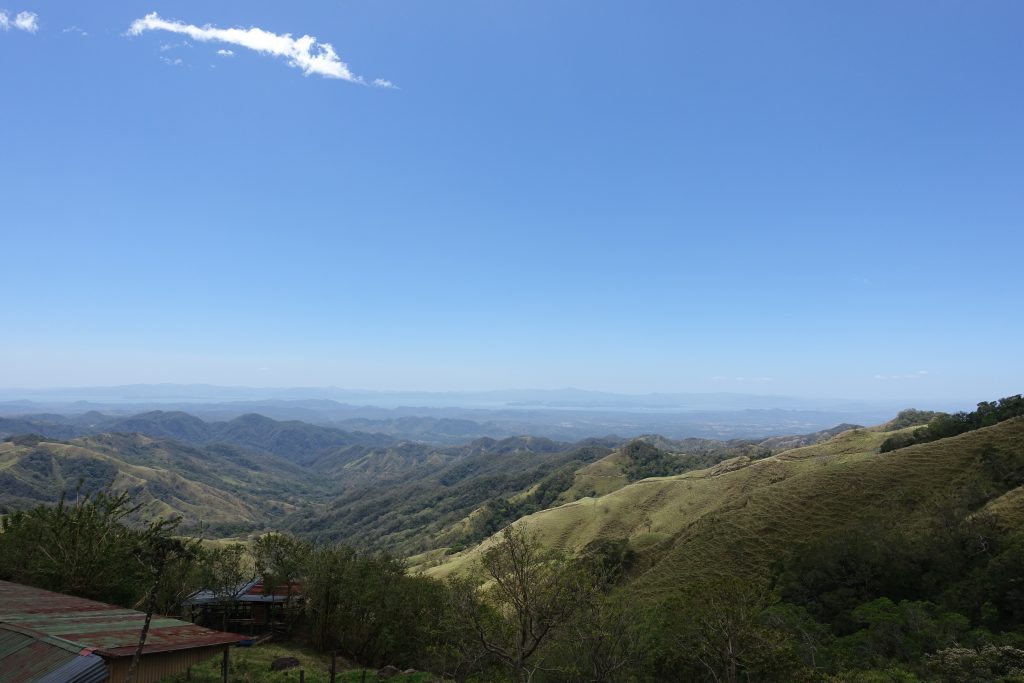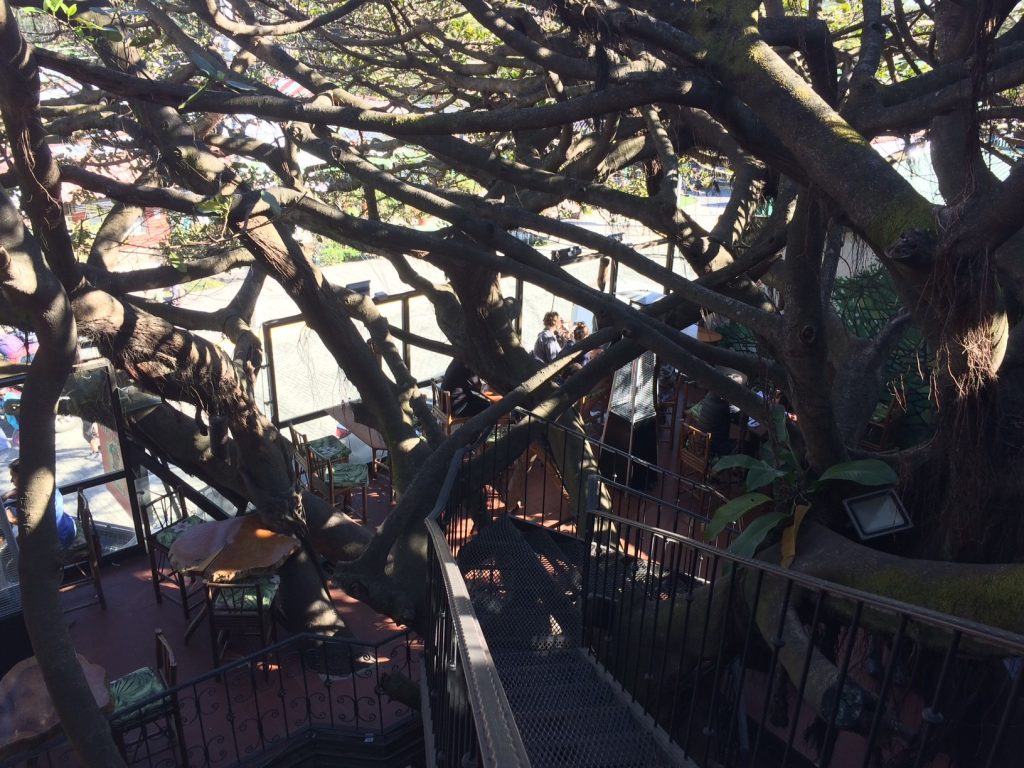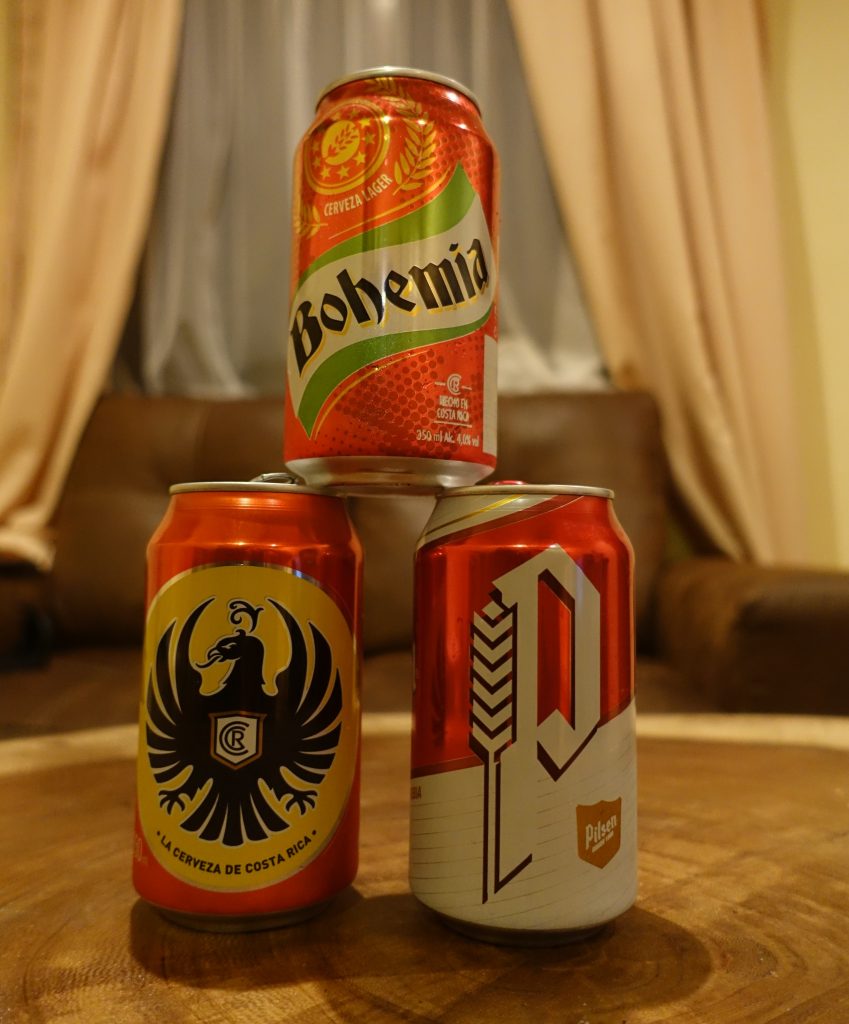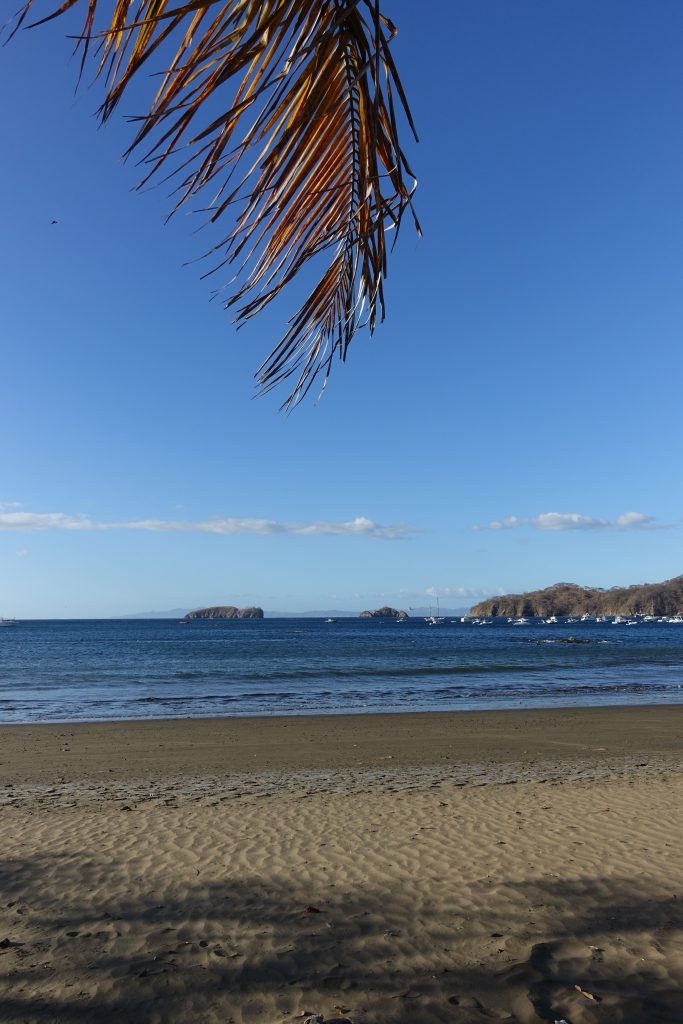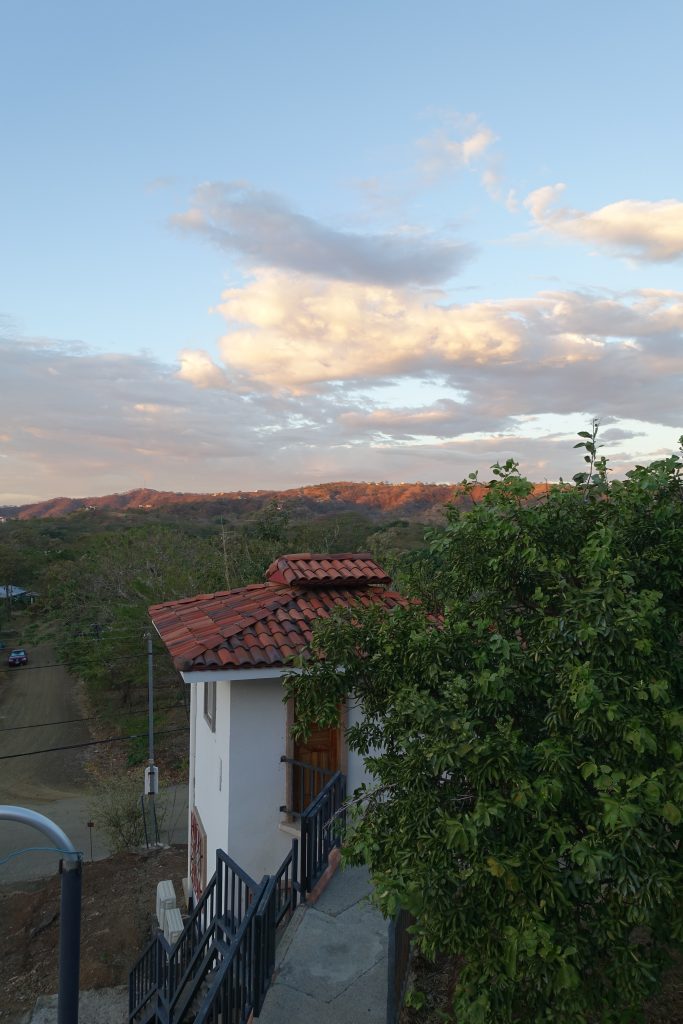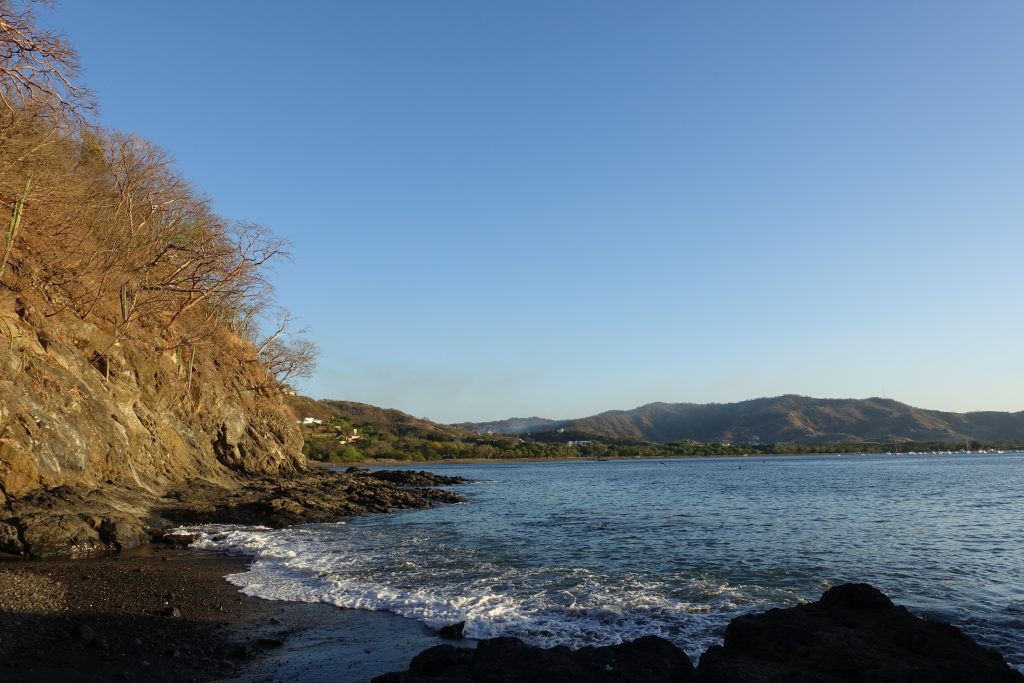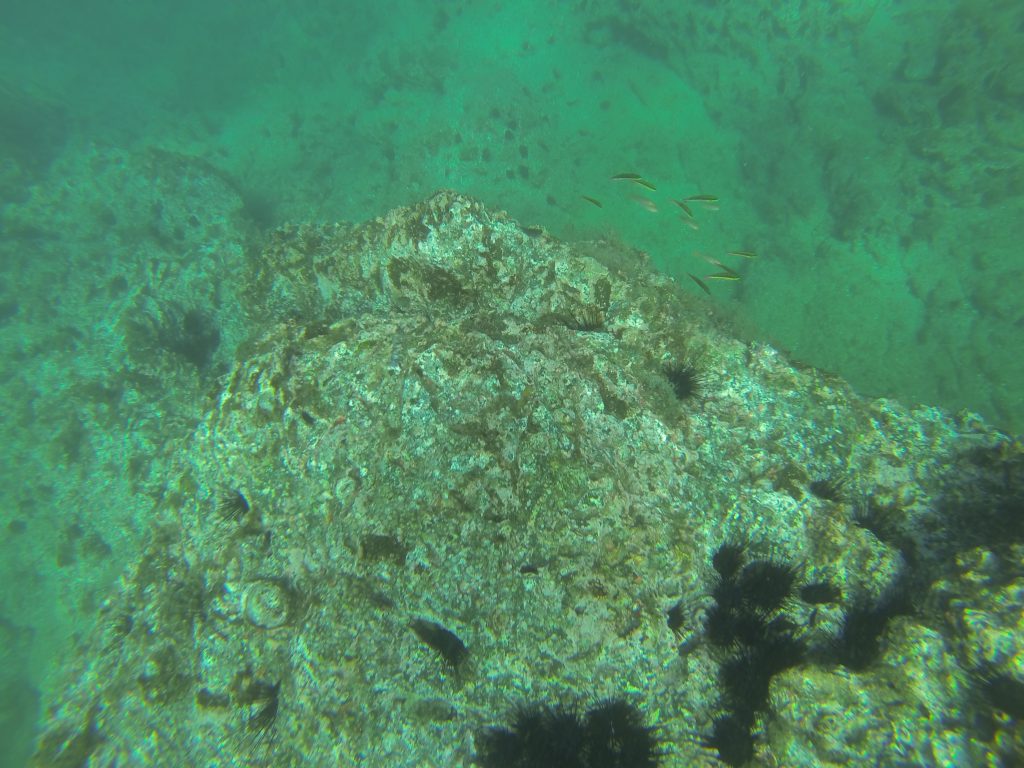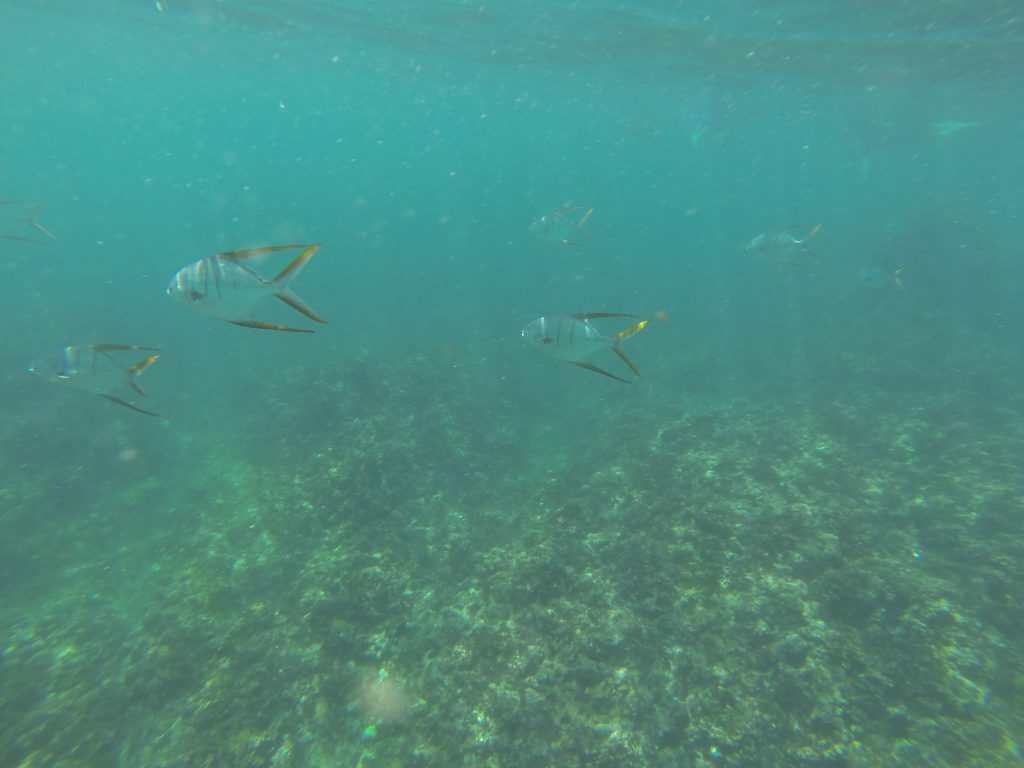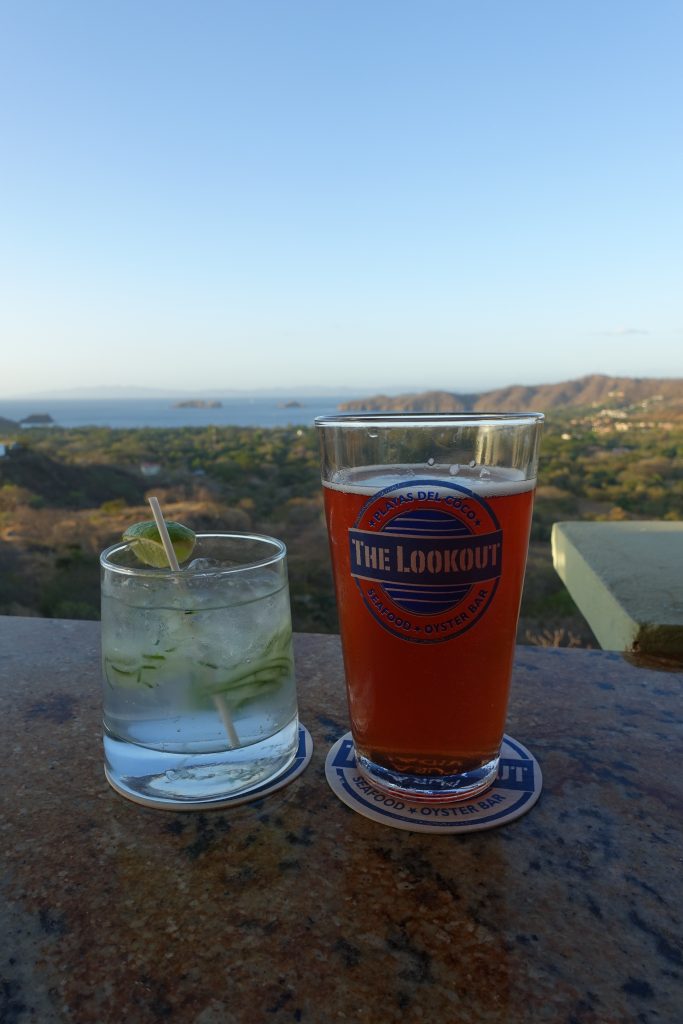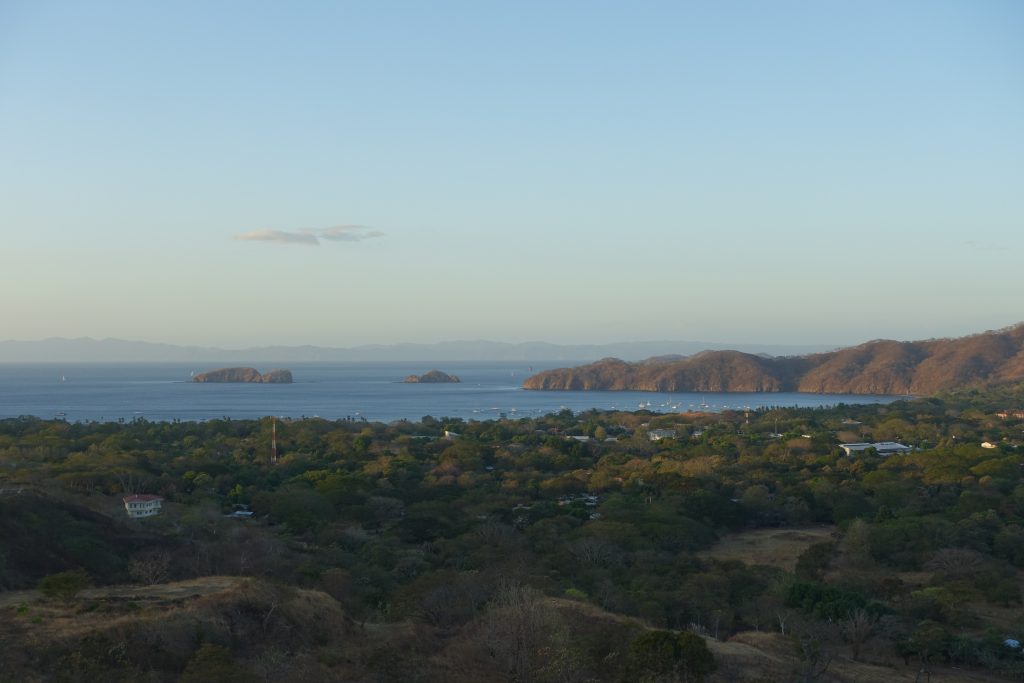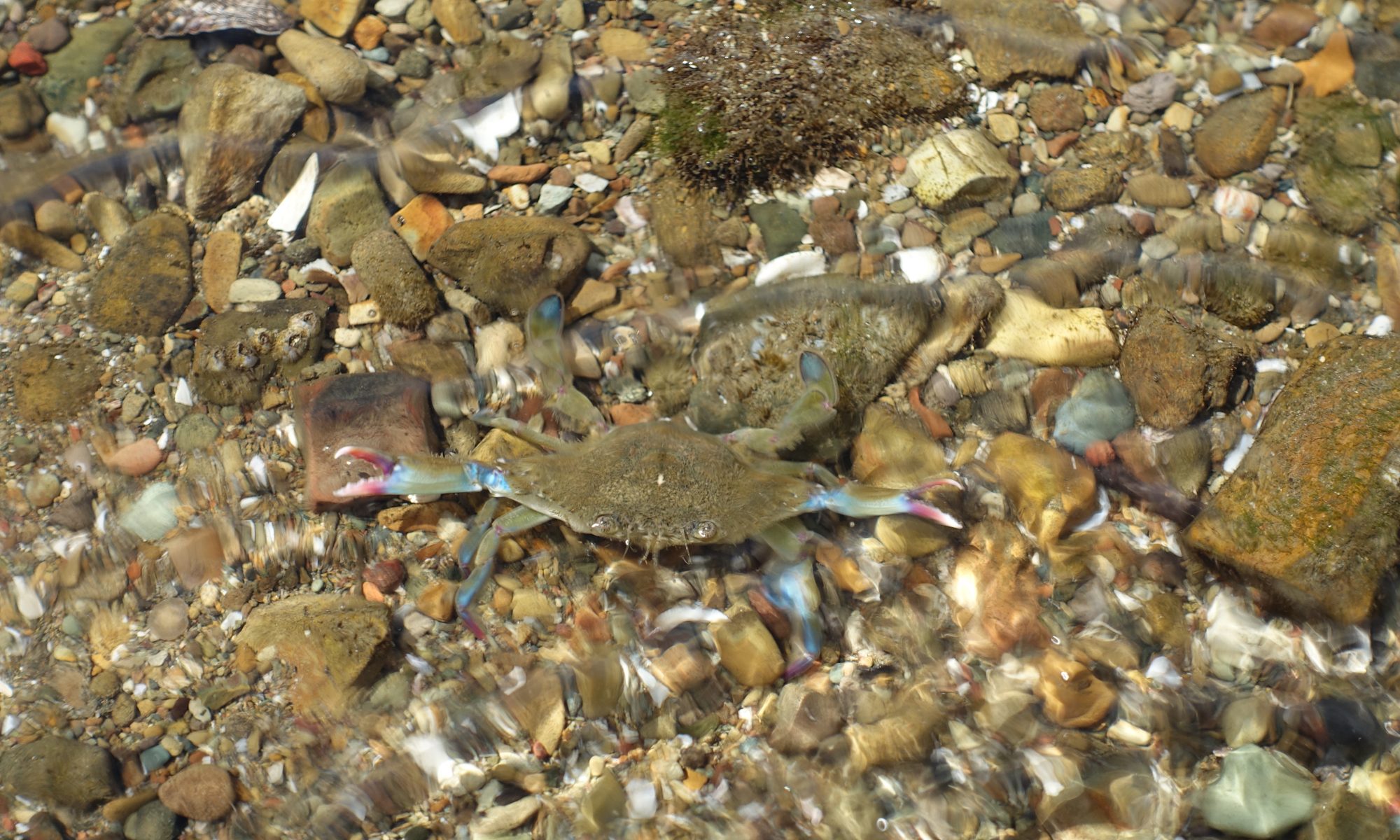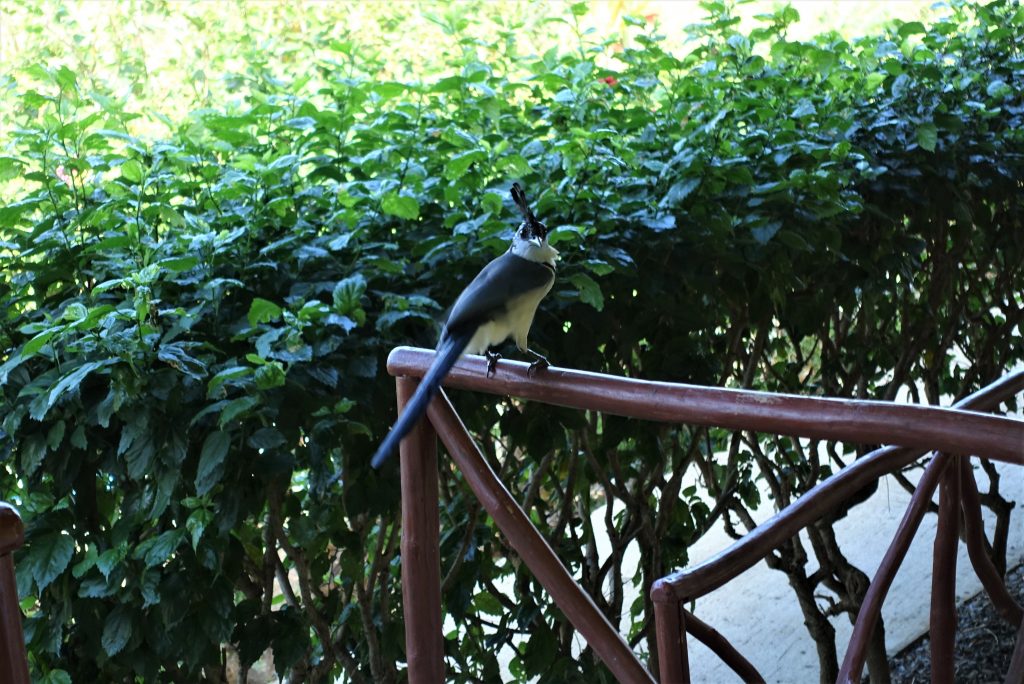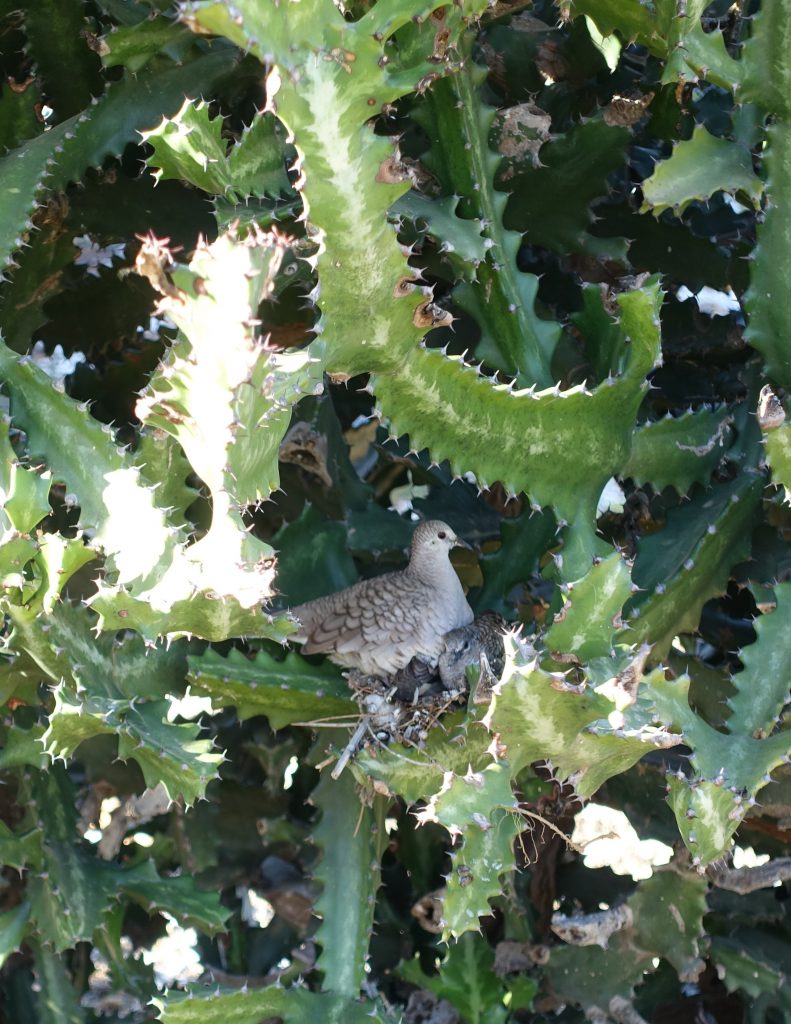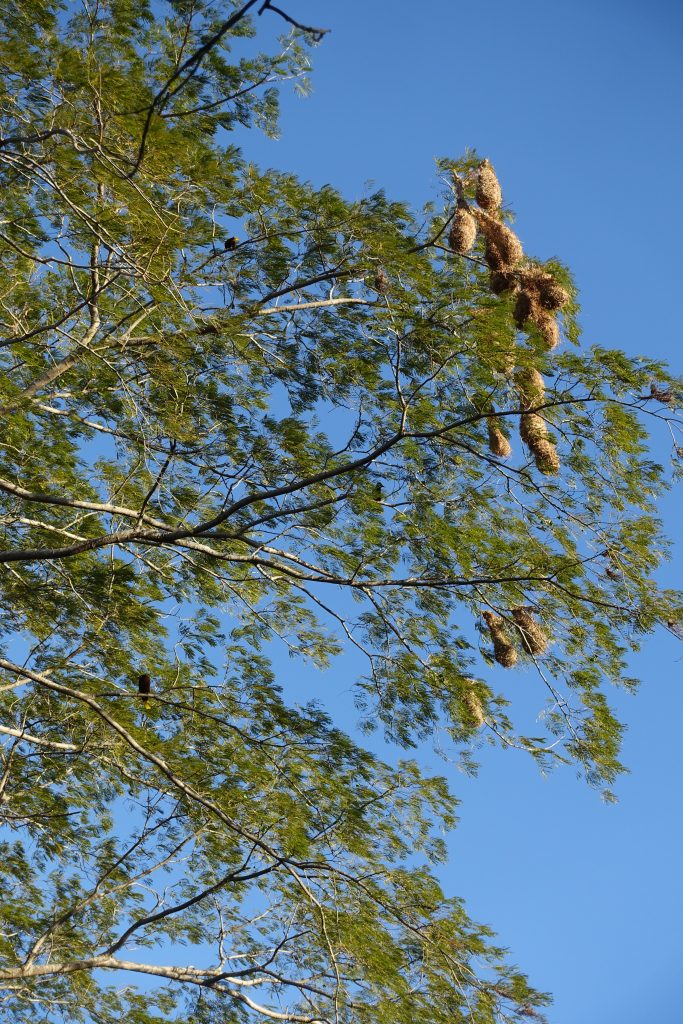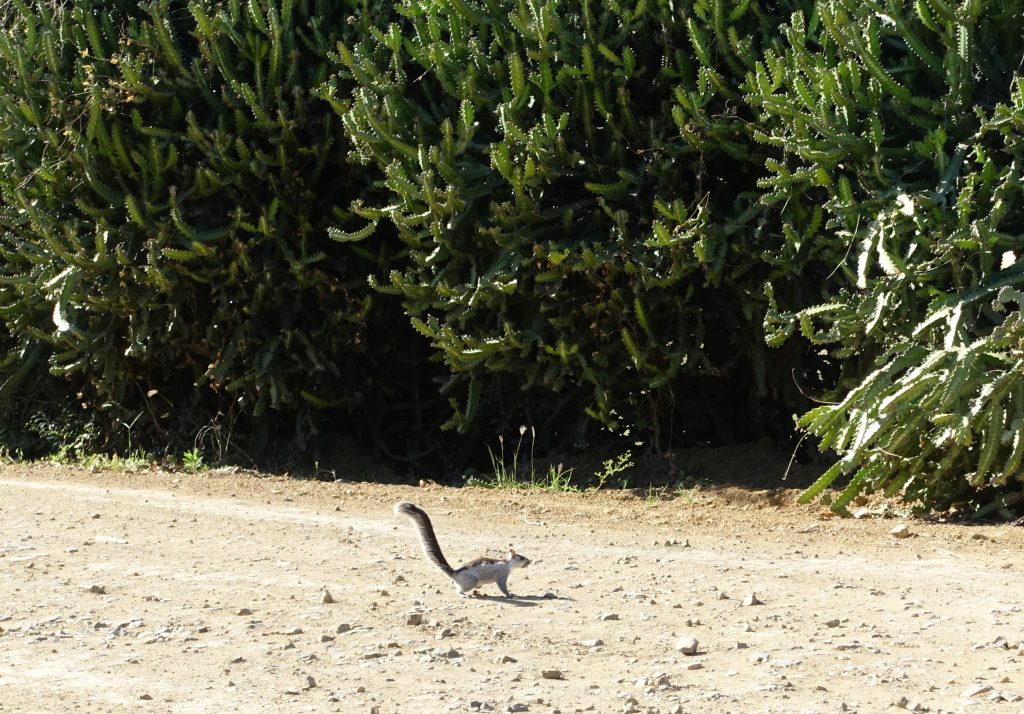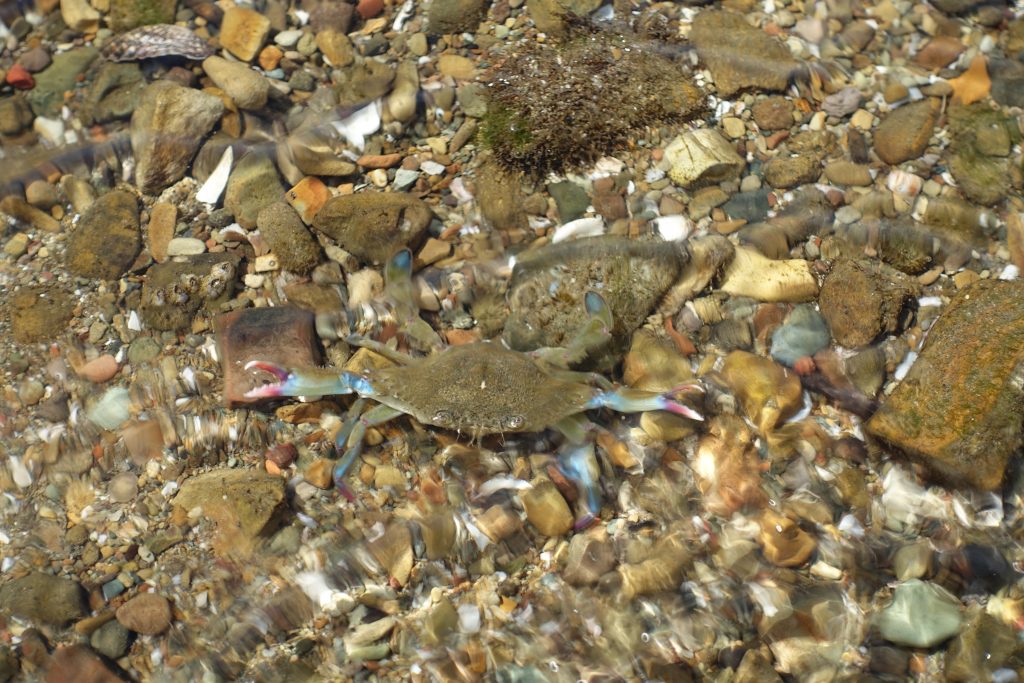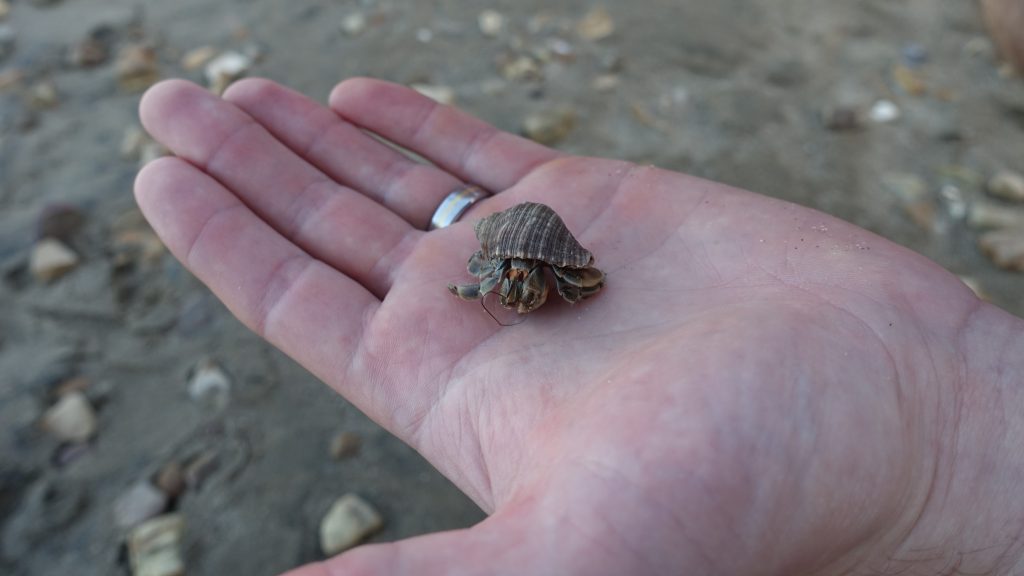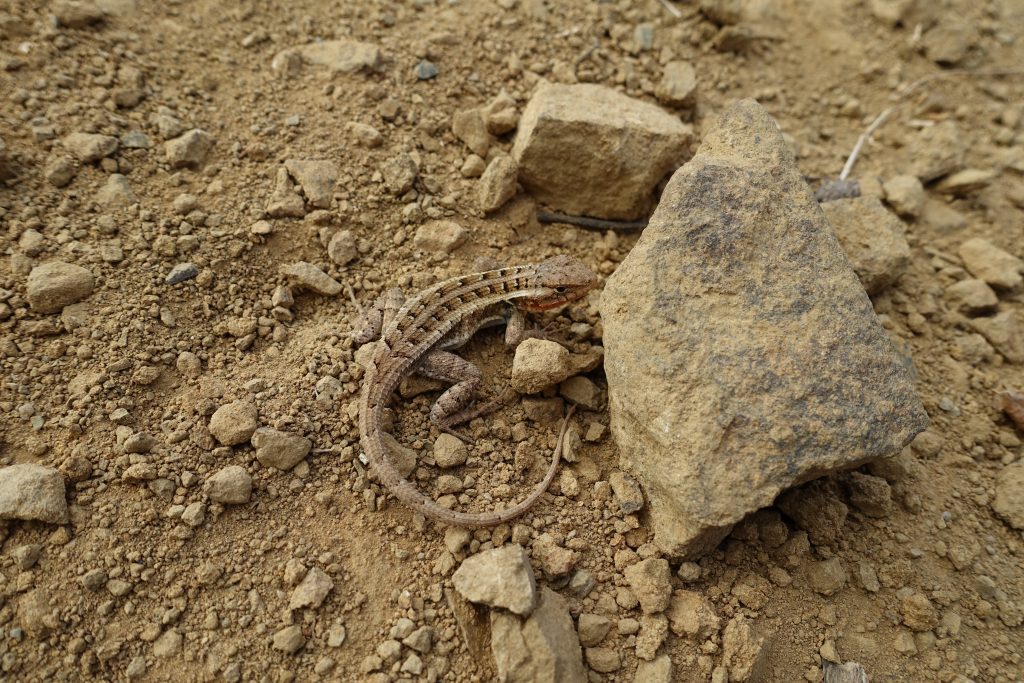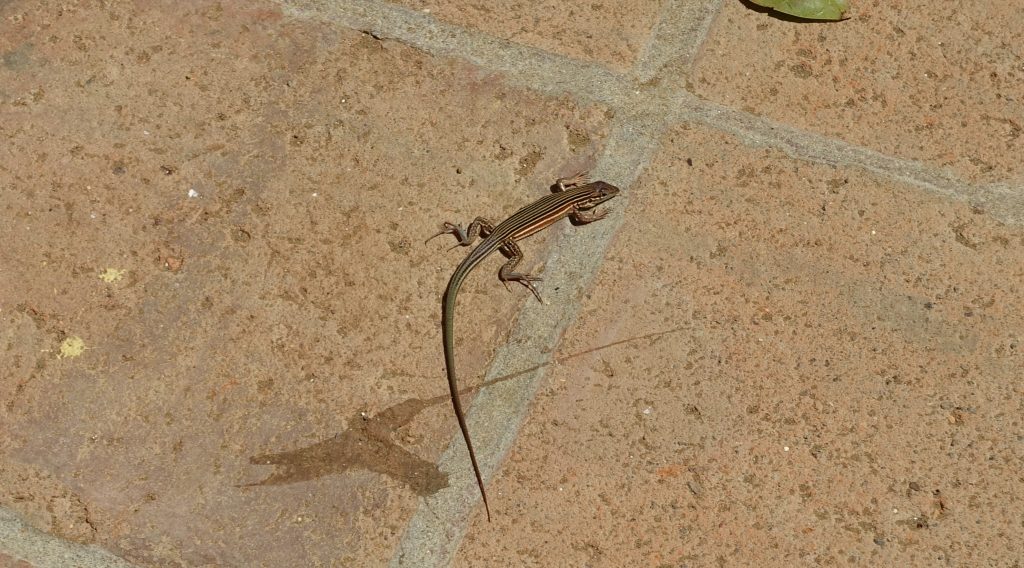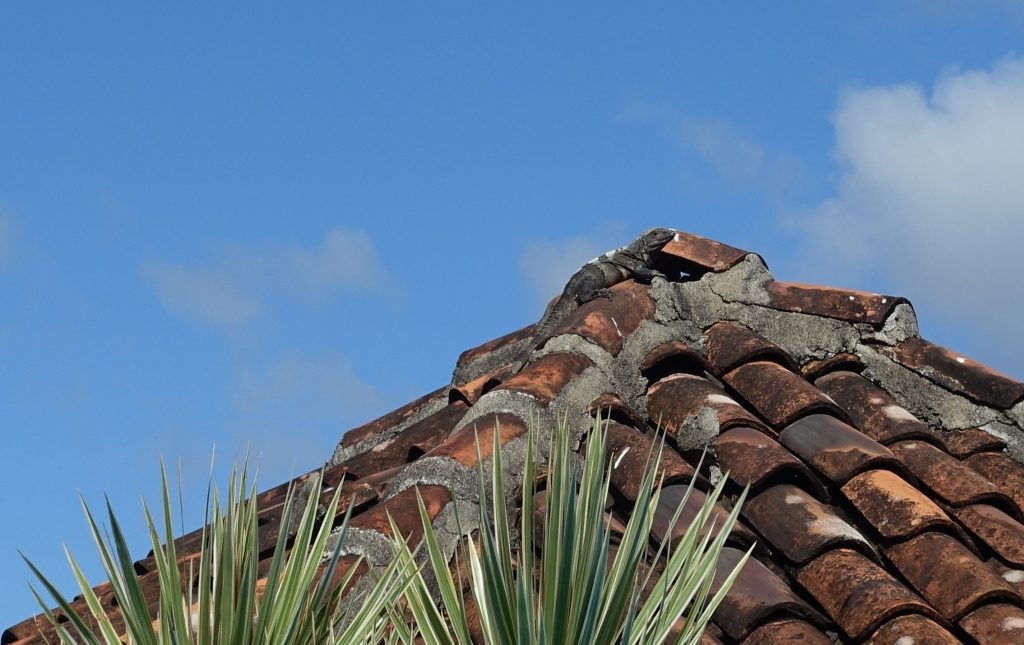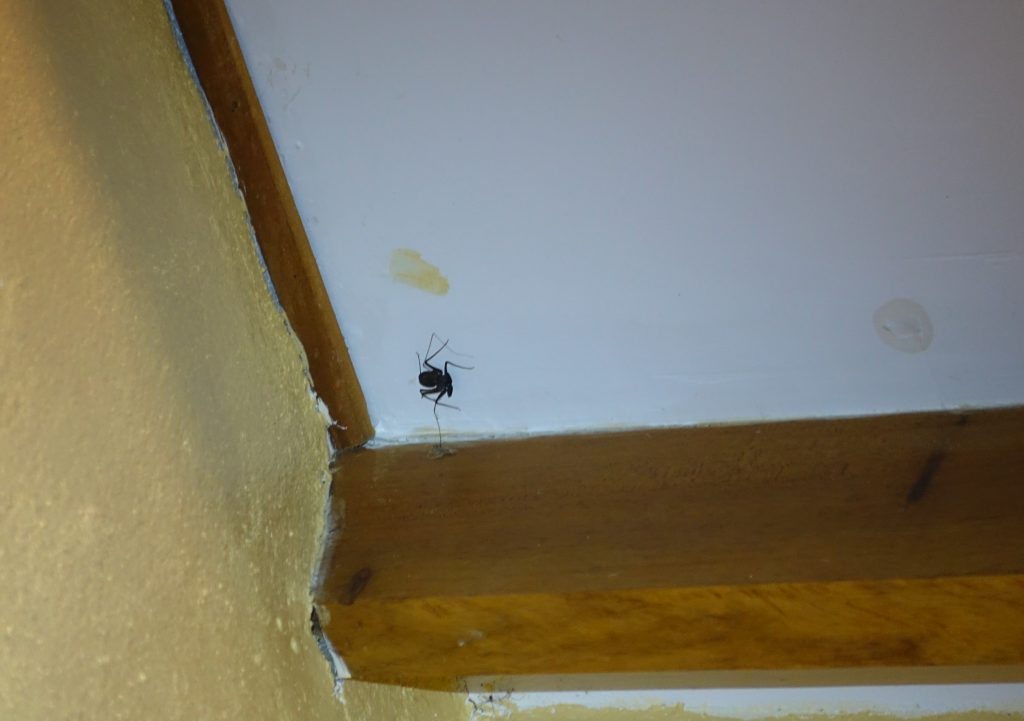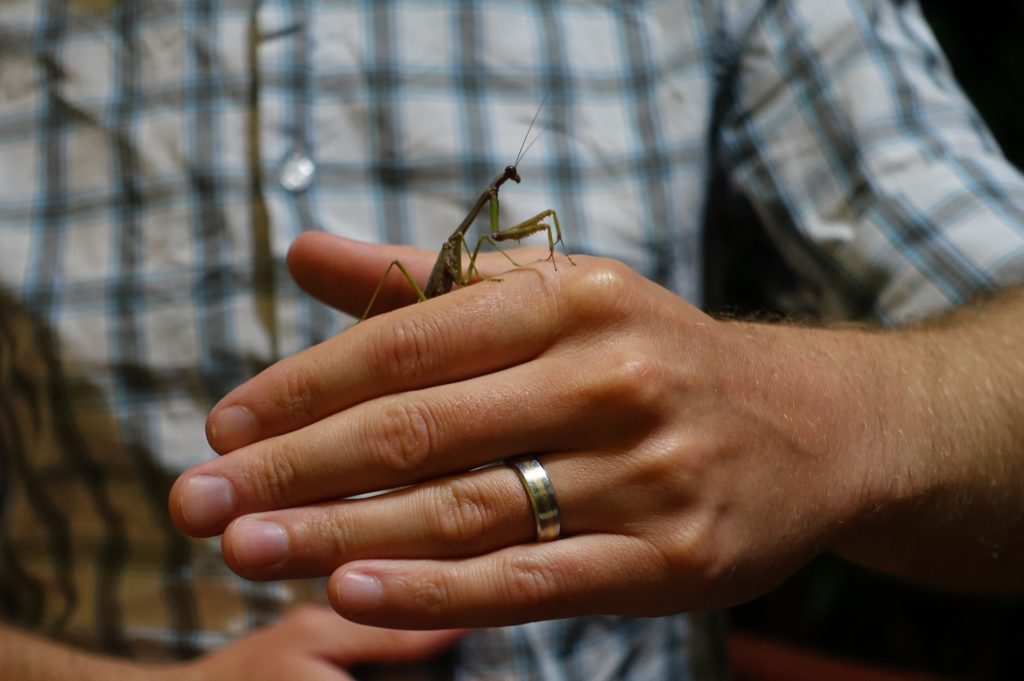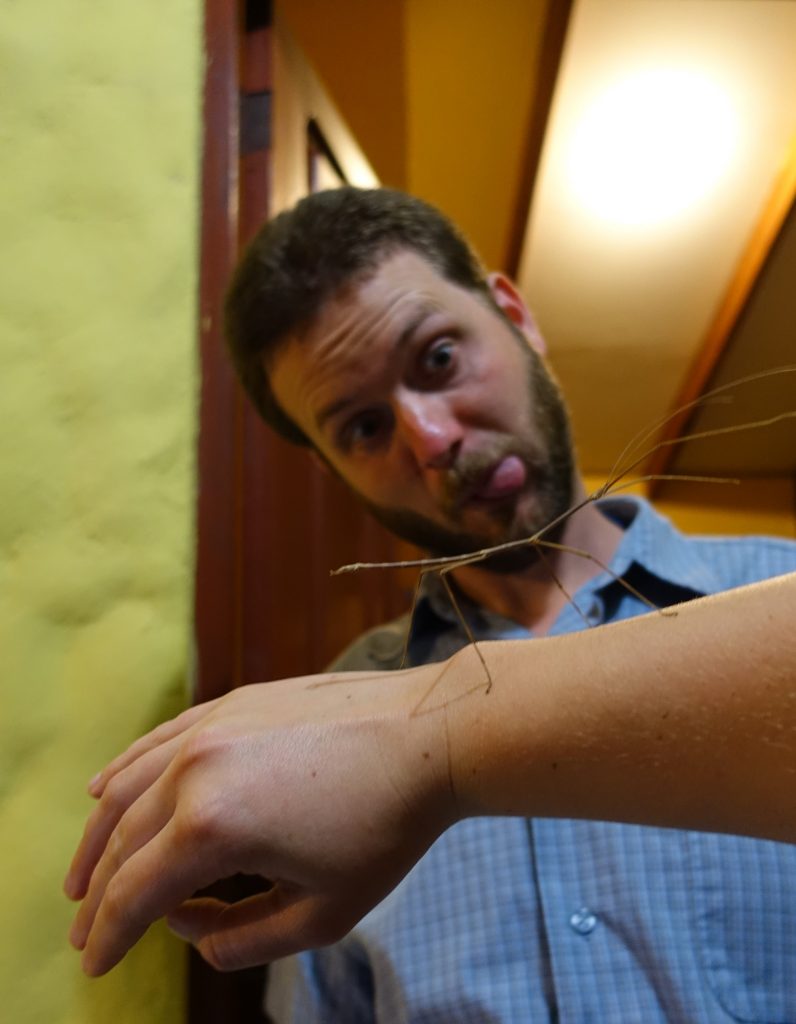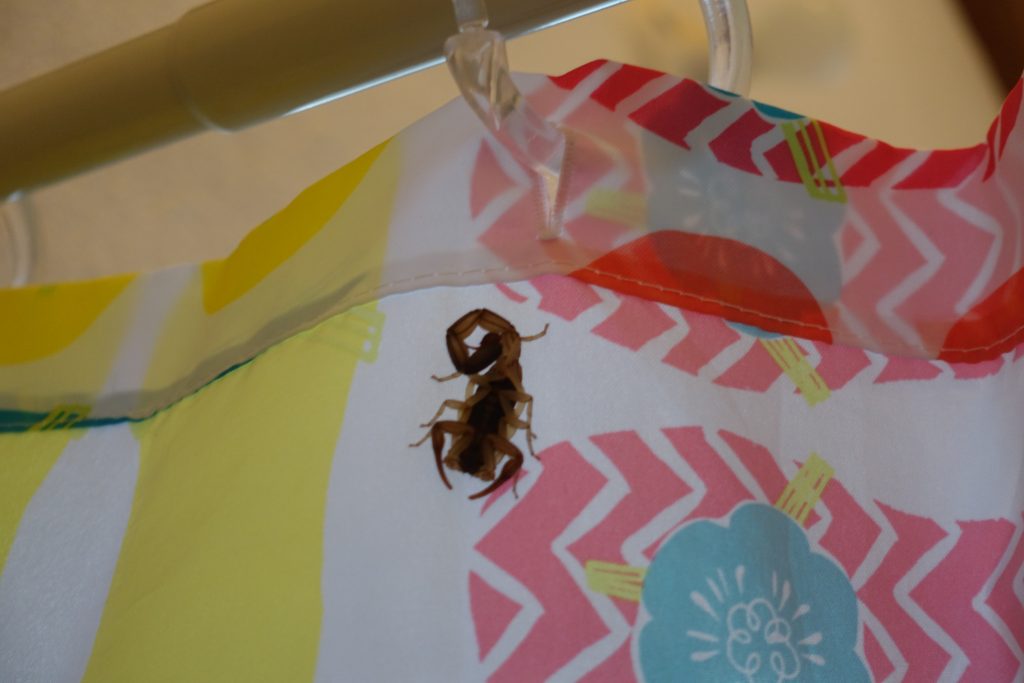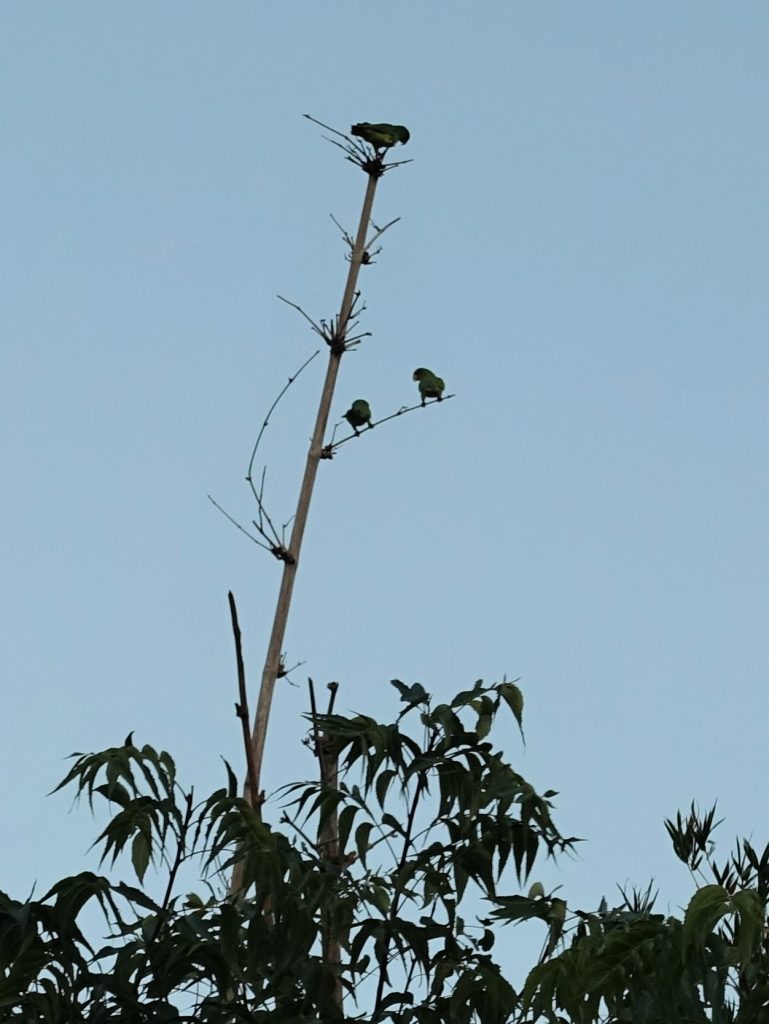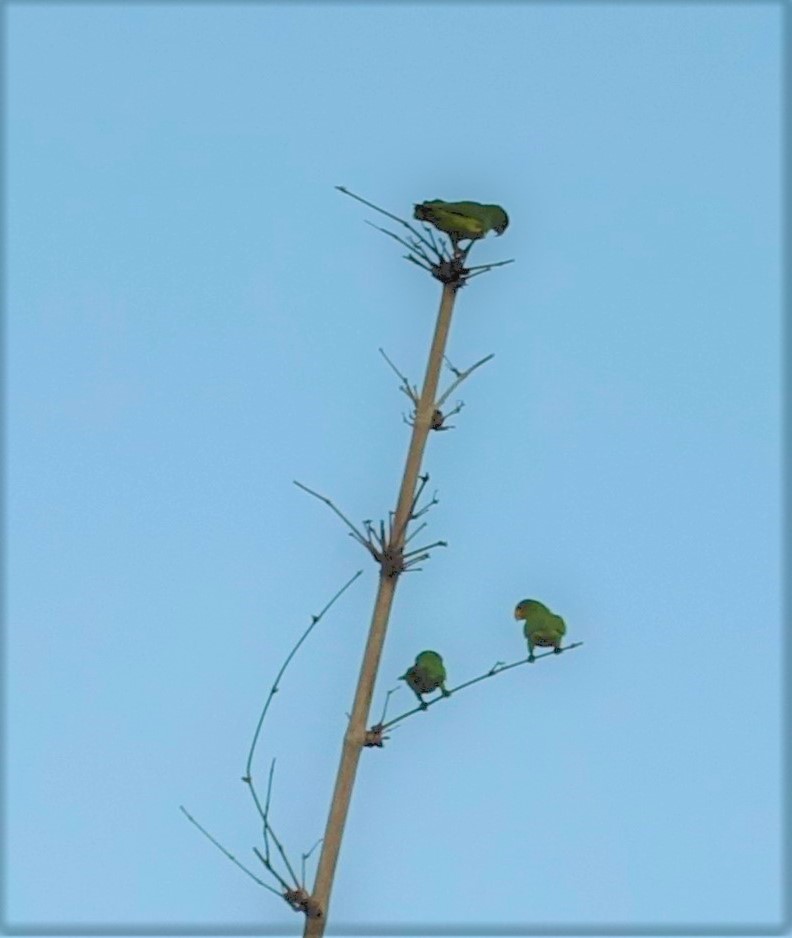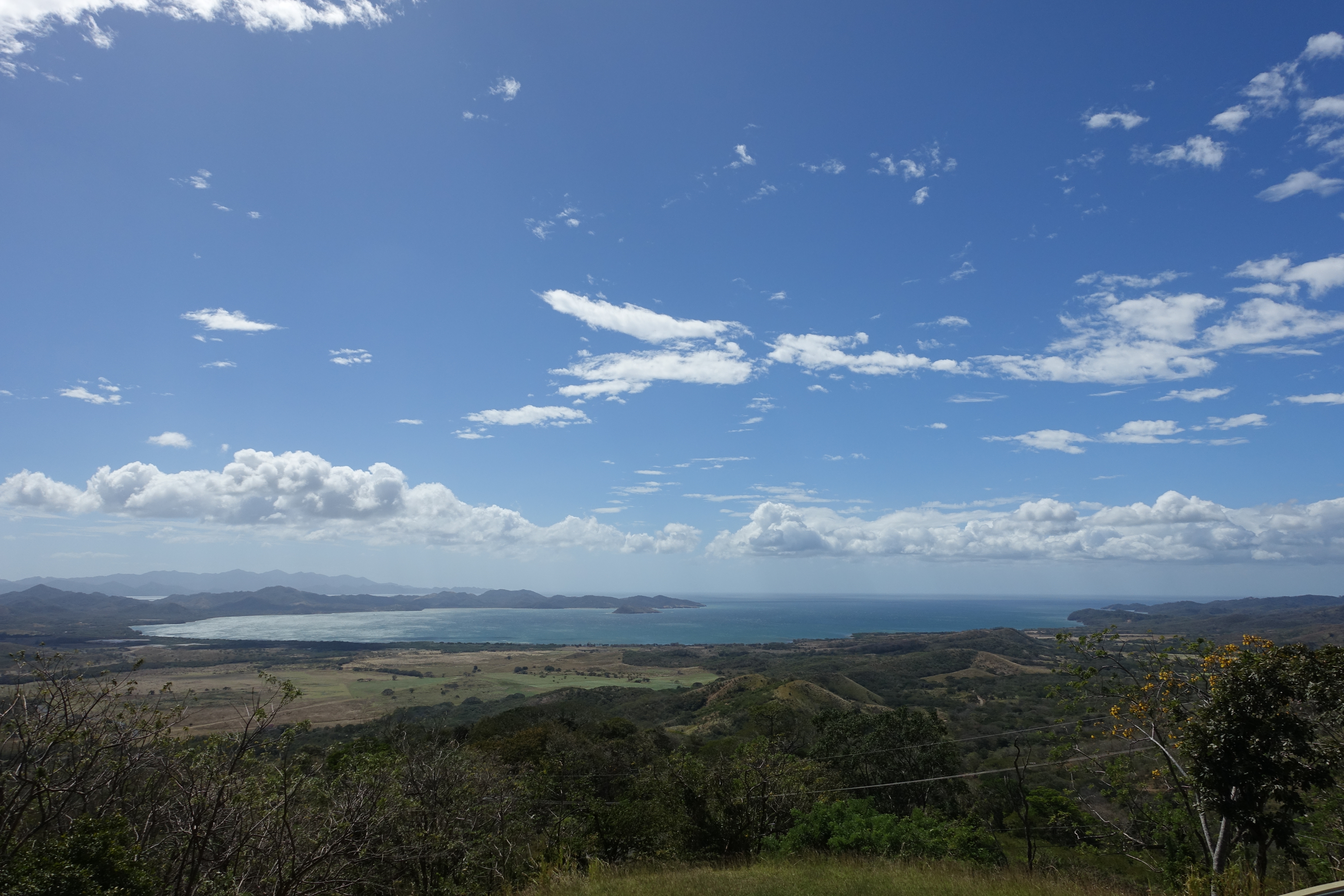Perhaps the title gave it away, but I’d say they’re closer to the latter. In my experience, most animals have a certain mystique about them, whether deserved or not, until you get to learn about them first hand. Until actually being in Central America, a coati was something I’d only seen in zoos or on nature documentaries. My first sighting was a brief glimpse from a shuttle bus as it pulled away from the Santa Elena Reserve parking lot. I remember thinking how cool it was to see one and hoping that I would run across another one while I was in Monteverde. Well, turns out wishes do come true. Elani and I had taken a break from hiking in the Monteverde Nature Reserve to grab coffee and snacks (the bread pudding mentioned in the title), and as the server was making our cappuccinos, a coati casually strolled pasted the front door. Well, casually trundled, coatis definitely trundle as their main mode of locomotion, but I digress. Anyways, I exclaimed, “Coati!” and me and Elani dashed out the front door, camera in hand like this might be the last chance to ever see one. I’m sure the server thought we were a little nuts. But hey, we did get some decent pictures:
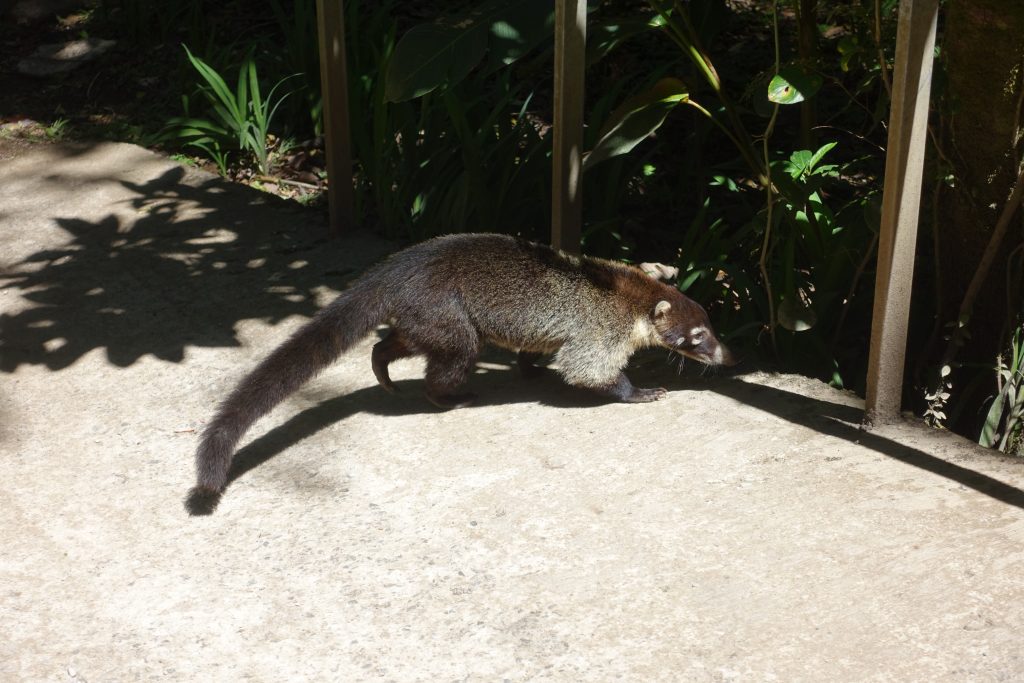
Taken by Elani

Taken by Elani
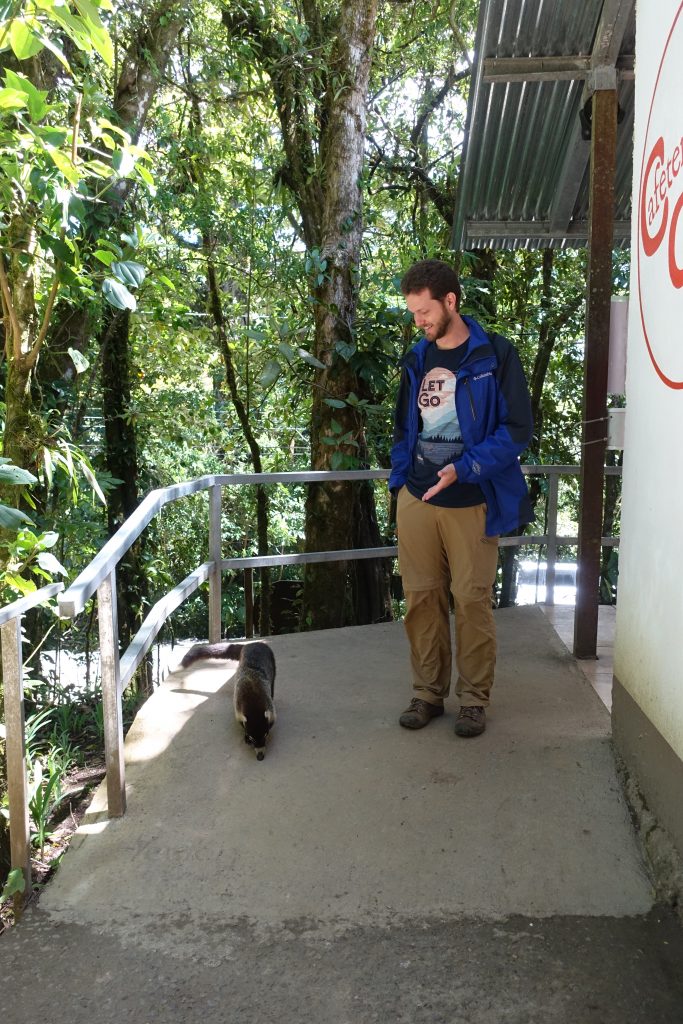
Taken by Elani
After the Coati wandered off, well, trundled off, we went back, paid for our coffee, and took a seat outside to watch the hummingbirds at the feeders outside the café:

Taken by Elani
It didn’t take long before I heard rustling in the tree behind me and turned to see a coati climbing down the branch that overhung the bench. We got up and moved out of his way. Seemingly unfazed that his master plan had been thwarted, he then proceeded to climb down and attempt to trundle into the gift shop next to the café. In response, the guy at that counter good naturedly shooed him off, and when he was persistent, came out with a bucket of water and splashed the little guy with some to get his point across. He gave us a smile and shrugged: I got the impression that this was not even close to the first time he had had to do that. So we sat down at another bench to watch some more hummingbirds and it wasn’t much longer another coati came up to Elani, looking very interested in her coffee. After she pointed a finger and sternly told the coati, “no!” several times, it finally got the idea and wandered off with a slightly disappointed look in search of a less well-guarded snack, stopping on the way to lick the spilled sugar water off the railing below the hummingbird feeders.
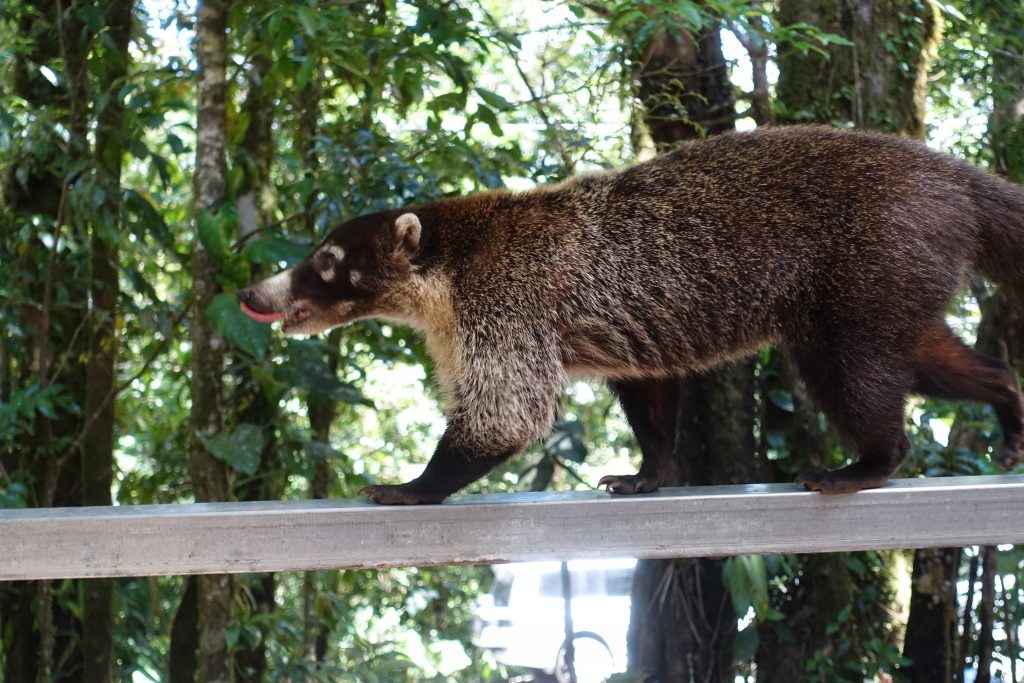
Taken by Elani
Well, there you have it. After an hour-long coffee break, the coati had moved in my mind from being an exotic animal from a faraway locale to being basically a more mild-mannered and slightly dopier version of their cousins from back home – the raccoon. We ran across another coati when we got back on our hike in the cloud forest. Though, since we didn’t have any food, this one seemed to have very little opinion as to our presence one way or the other.
Oh, speaking of raccoon relatives, another one made an appearance at the hummingbird café, the more dainty and agile olingo (kinkajou). It was a bit more wary of us human than the coatis. It seemed to mainly be interested in raiding the smaller feeder for sugar water, which it managed to do with style and grace.
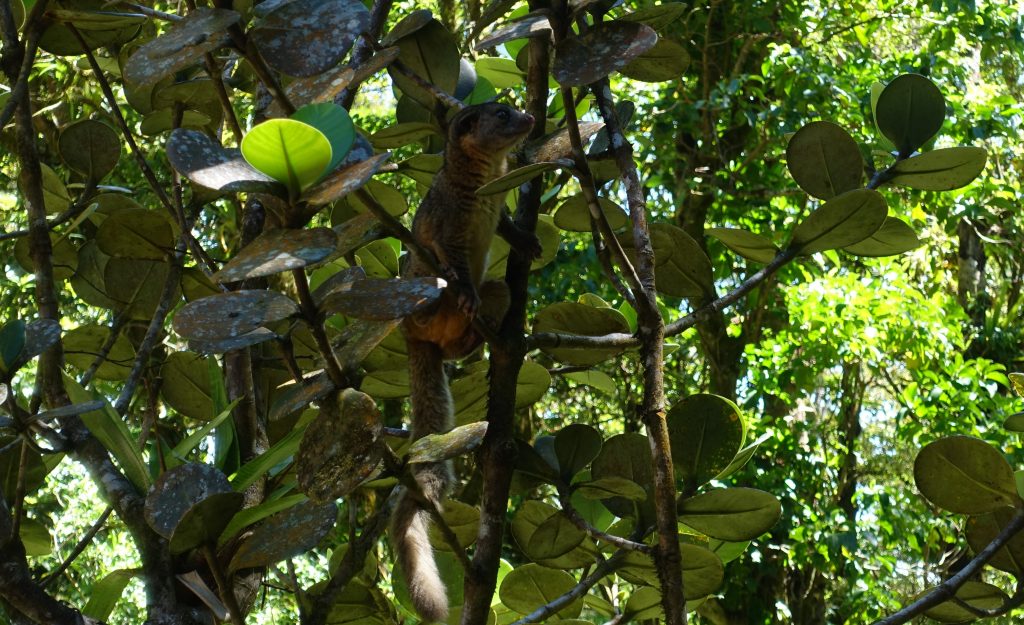
Taken by Elani
All in all, the hummingbird café was actually one of the high points of our stay in Monteverde (even though the coffee and bread pudding I would say earned a solid “okay” rating) and had a greater density of animal sighting then either of the two cloud forest reserves.
